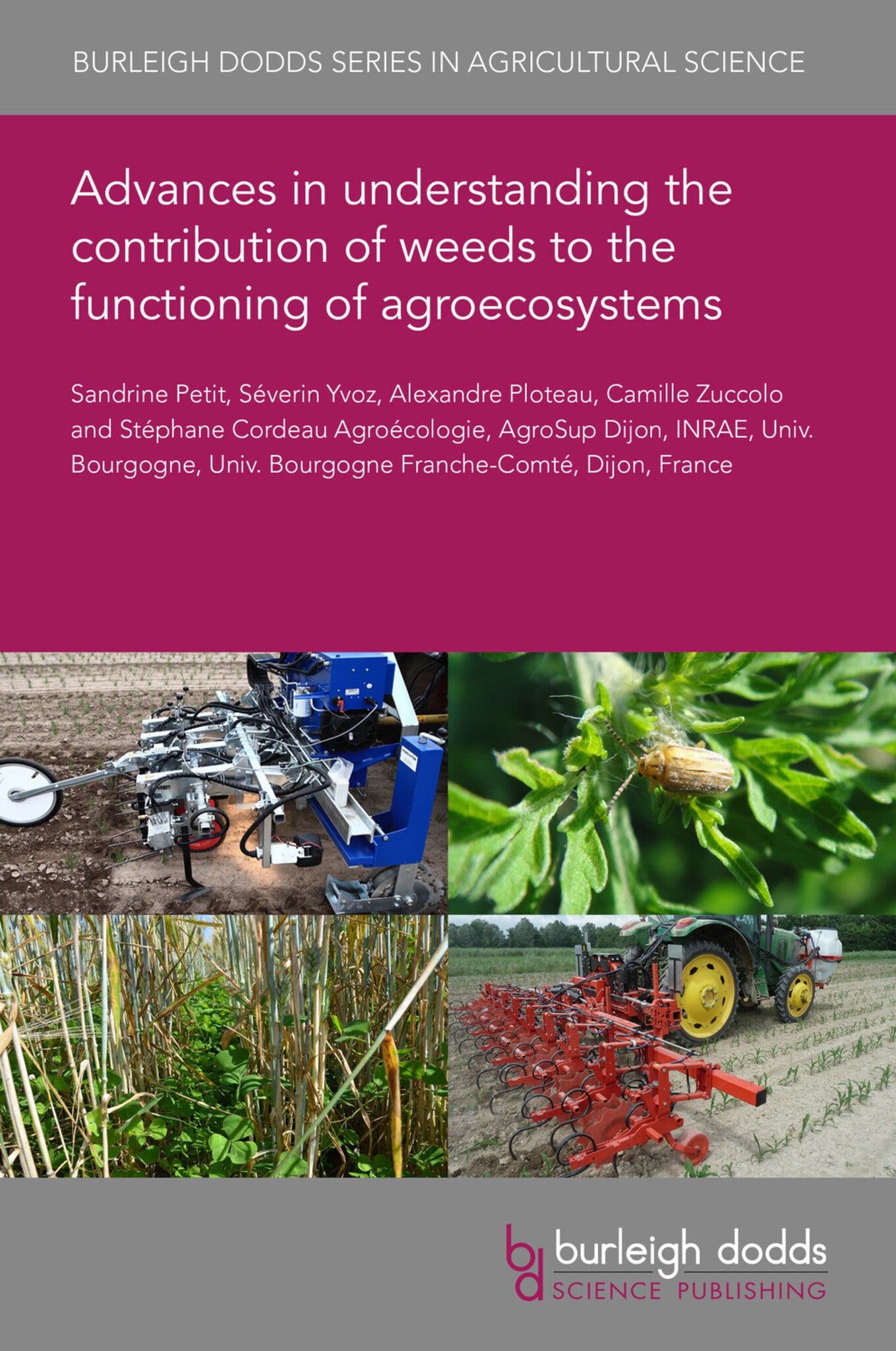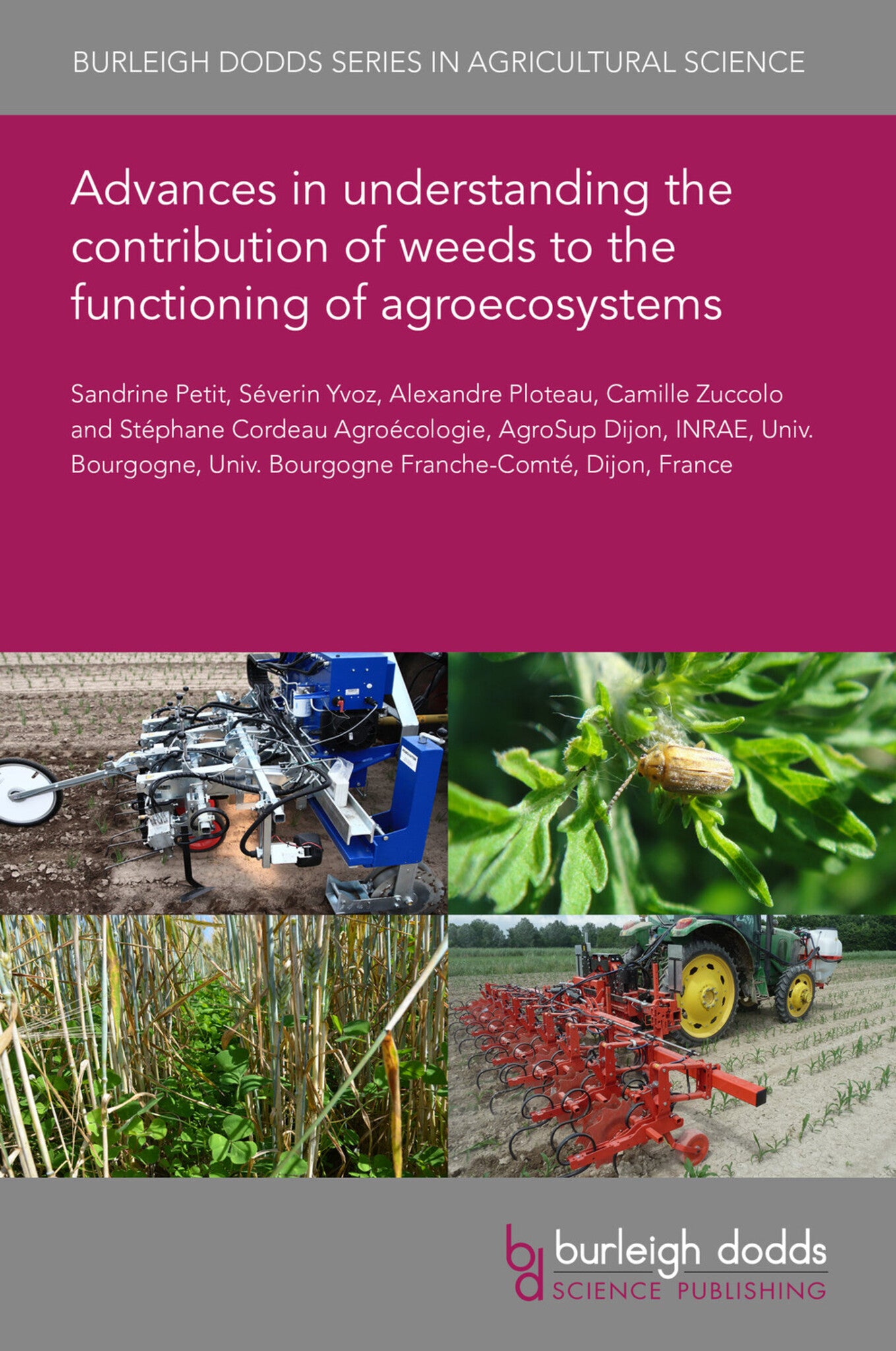We're sorry. An error has occurred
Please cancel or retry.
Advances in understanding the contribution of weeds to the functioning of agroecosystems
Regular price
£25.00
Sale price
£25.00
Regular price
£0.00
Unit price
/
per
Sale
Sold out
Re-stocking soon
Reduction in herbicide use will trigger changes in weed communities. Improving our capacity to identify farming management options that will lead to weed communities offering interesting trade-offs...
Read More

Some error occured while loading the Quick View. Please close the Quick View and try reloading the page.
Couldn't load pickup availability
- Format:
-
25 April 2022

Reduction in herbicide use will trigger changes in weed communities. Improving our capacity to identify farming management options that will lead to weed communities offering interesting trade-offs of functions is thus timely. Functional approaches are offering a robust framework to quantify and understand the underlying mechanisms that link farming management to weed functions. This chapter reviews recent advances in our understanding of the role of weed diversity, of key weed functional traits and of their intraspecific variability in the functioning of the agroecosystem. It presents recent progress in the emerging field of weed multifunctionality assessment. While the scarce data available supports that some weed communities can deliver several beneficial functions without causing much crop yield loss, the challenge for the future will be to demonstrate that there are interesting weed functions trade-offs that can be achieved over a wide range of agronomic and weeds contexts, that are cost-effective and credible for farmers to adopt.

Price: £25.00
Publisher: Burleigh Dodds Science Publishing
Imprint: Burleigh Dodds Science Publishing
Series: Burleigh Dodds Series in Agricultural Science
Publication Date:
25 April 2022
ISBN: 9781801464789
Format: eBook
BISACs:
TECHNOLOGY & ENGINEERING / Pest Control, Pest control / plant diseases, TECHNOLOGY & ENGINEERING / Agriculture / Sustainable Agriculture, TECHNOLOGY & ENGINEERING / Agriculture / Agronomy / Crop Science, Sustainable agriculture, Agronomy and crop production

1 Introduction 2 How key issues of weeds are addressed 3 Conclusion 4 Future trends in research 5 Where to look for further information 6 References



